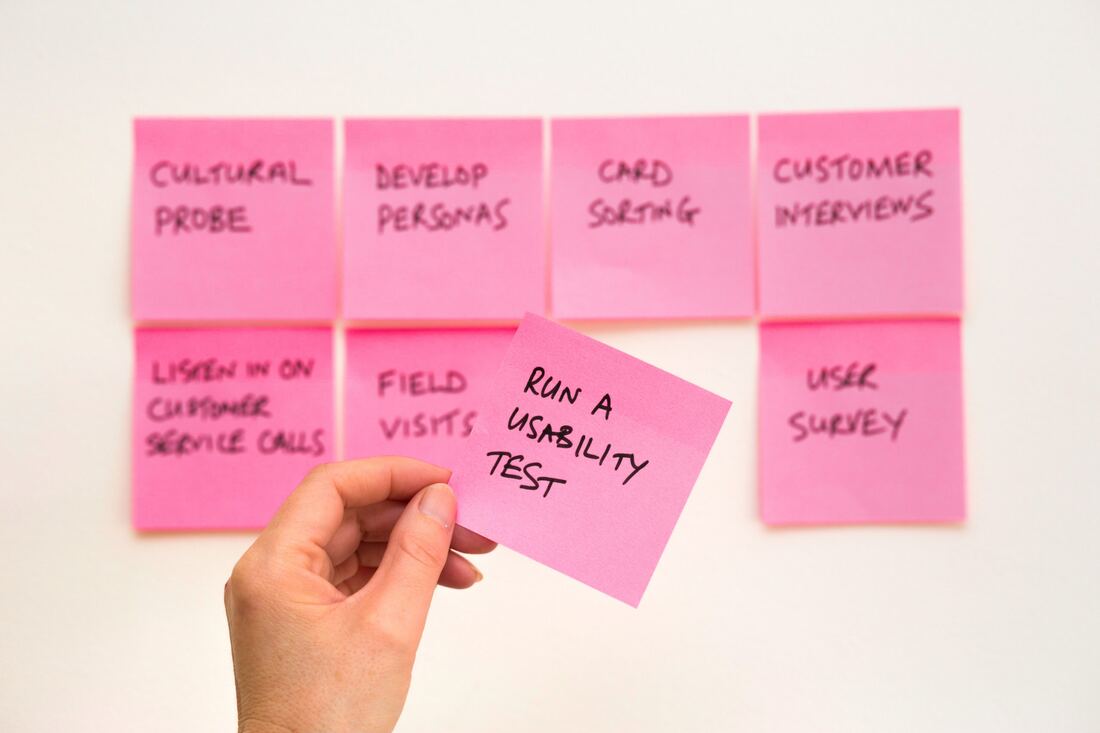|
With several practices of art and science, often, there are two paths to mastery. One is of the theoretical nature, involving reading texts and amassing knowledge. The other is experience, either through professional practice or personal indulgence. If textual knowledge teaches the fundamentals tenets of arts and sciences, experience takes us closer to understanding the various nuances involved within them. This is no less true with the ever-proliferating universe of UX design and research. Maybe more so, actually. There are emergent tools and methods that have now been conventionally adopted for the several elements of UX, including user research, interaction and interface design, usability testing, and iterative research & design. At the same time, I've come to believe that UX practitioners find a niche of tools and methods that help them find those aforementioned subtler nuances. But why nuances? Because they help add a wealth of detail to the insights that guide user-centered research and design. They also help one tap those much talked-about intangible facets of UX like empathy. In this space, I wanted to explore a few such tools and methods that I've found quite useful and effective in my UX research and design practice. The list of these tools/methods follows -
Some of these tools might simply aid in understanding the next step during the UX design and research process. And some of them might help in handling the nuances that remain intangible. What I hope, is that these tools/methods lead to a better understanding of some much needed philosophies that UX, as a science and an art, will embrace: like Empathy.
0 Comments
Leave a Reply. |
Archives
October 2017
Categories |

